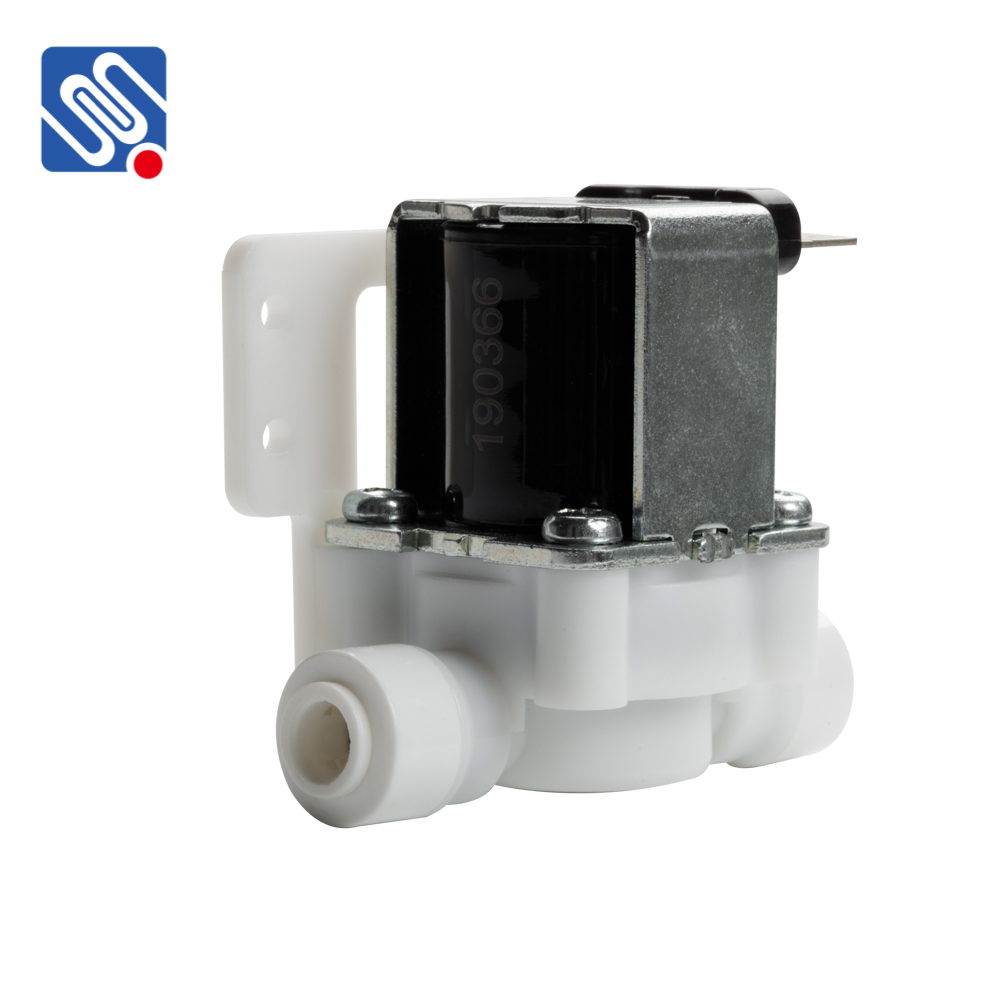Reverse Osmosis (RO) technology has become a cornerstone in modern water purification, playing a pivotal role in both domestic and industrial water treatment. One of the crucial components that make this technology efficient and reliable is the Reverse Osmosis Solenoid Valve. This article explores the importance, function, and characteristics of this vital component in RO systems, shedding light on its contribution to water purification.

Understanding Reverse Osmosis Reverse Osmosis is a water purification process that uses a semipermeable membrane to remove impurities, such as salts, microorganisms, and other contaminants, from water. The process involves applying pressure to the contaminated water, forcing it through a membrane that filters out harmful particles, leaving behind clean and purified water. RO systems are commonly used in various applications, including drinking water production, wastewater treatment, and in industries where high-quality water is required. The Function of a Solenoid Valve in RO Systems